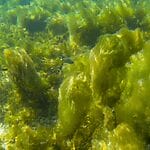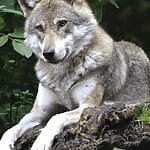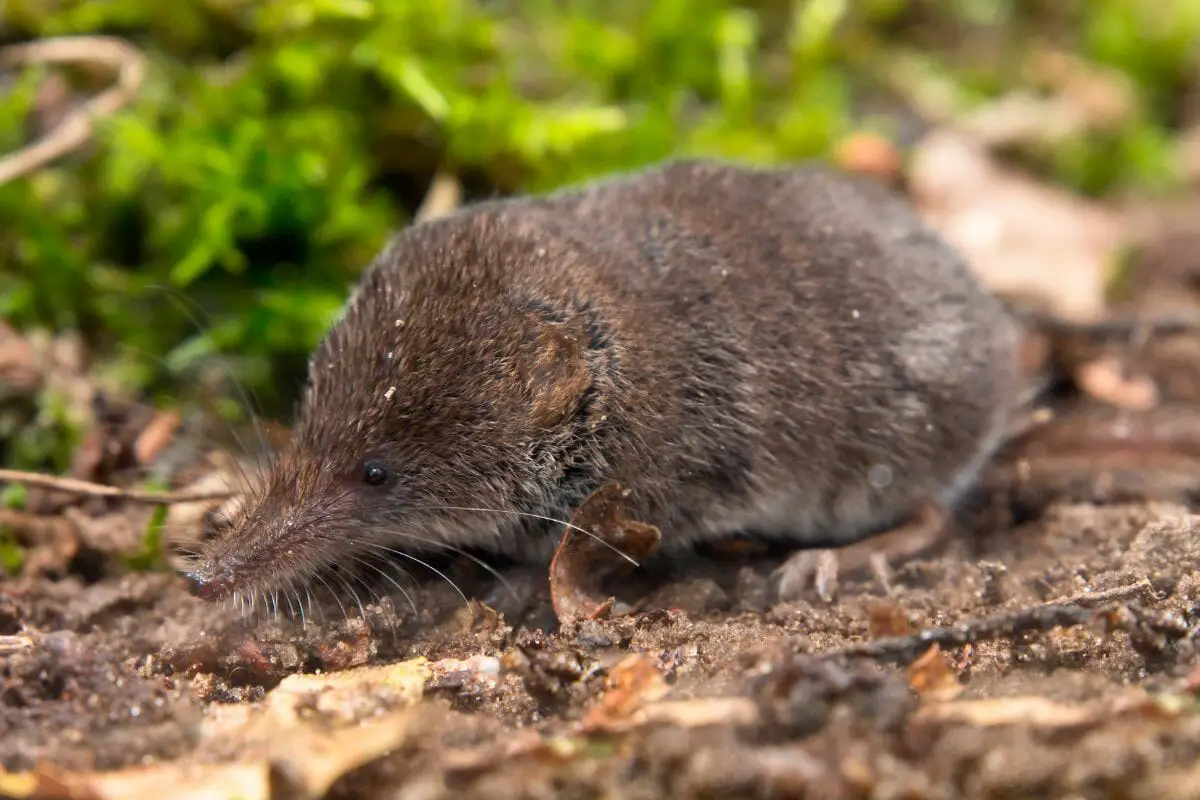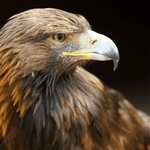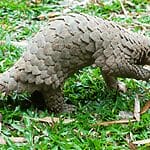North America has over 230 species of minnow belonging to various groups and genera. While many refer to all small fish as minnow this is not accurate.
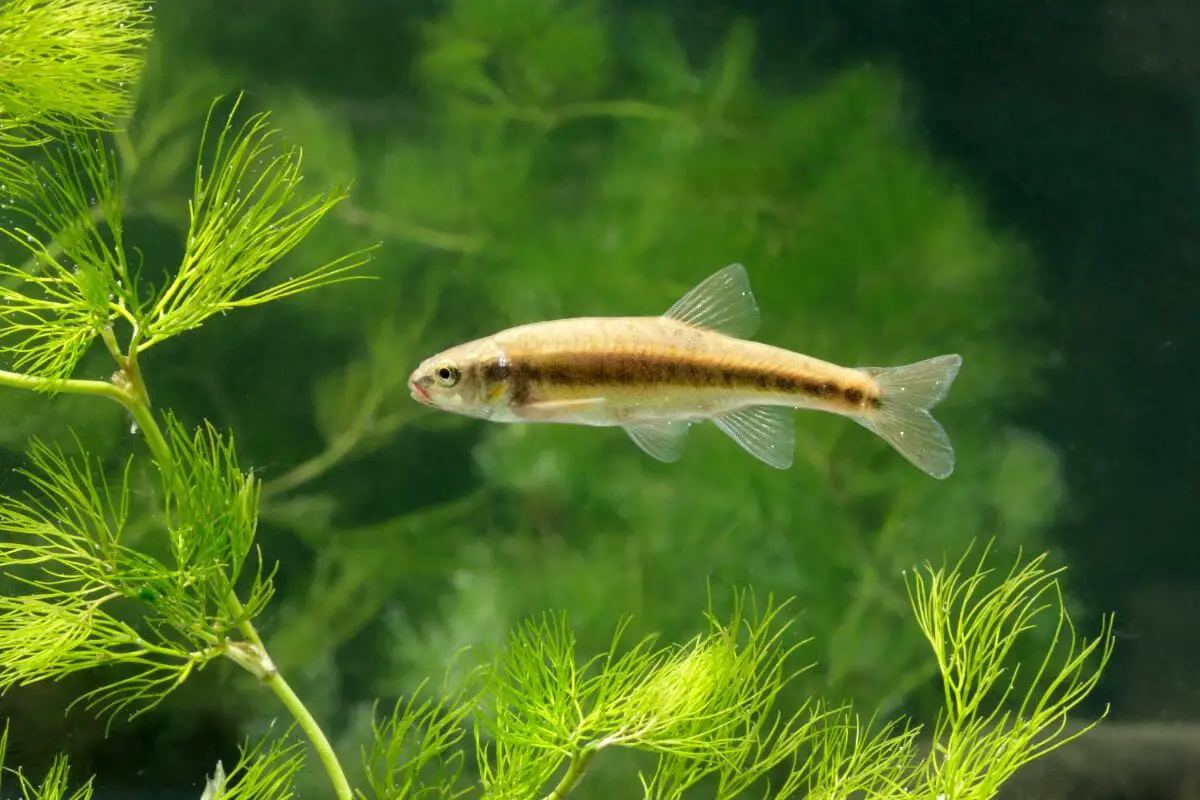
True species of minnow, including the fathead minnow, actually belong to the Cyprinidae family of fish.
Minnow species can vary in size but have defining body characteristics that distinguish them as such. Let’s explore some common minnow species like the fathead minnow and bluntnose minnow.
Chub
Chub, popular as a bait fish, are a cylindrical-shaped fish with large, reflective scales and a large mouth for its size.
River Chub, a notable minnow species, all have yellow-orange to red fins with their eyes set high up on their head.
They can reach a foot in length, but all chub, including popular bait fish ones, have larger males than females.
Chub, important pond dwellers, are mostly olive green to brown on the back with yellow to white shading on the belly. The sides of many minnow species, such as the Chub, are an iridescent brassy green.
These types of minnow inhabit flowing water and thrive in their natural habitat: small rivers, creeks and streams.
The creek chub, a type of bait fish, is quite tolerant of low oxygen conditions caused by organic pollutants, making it often the sole survivor of water degradation.
In their breeding season, Chub, a type of small freshwater fish, meticulously build nests of pebbles or gravel in riffles which can occasionally measure six feet long.
In a typical minnow different species habitat, the males defend the nesting territory and the females add eggs to the pile. Female Creek Chub, a prominent minnow species, produce 2,000-7,500 eggs per year.
Following spawning, the Chub, a type of small freshwater fish (minnow is a small freshwater little fish), provides no parental care for the eggs or young, which hatch and disperse on their own.
Chub, a common name of minnow species turned bait fish, primarily feeds on invertebrates, plant material, and tiny crustaceans.
Large specimens of Chub, including bluntnose minnow and fathead minnow, will eat smaller fish and those feeding on the surface are frequently a go-to bait for fly fishermen.
Dace
Dace, an appealing bait fish, are torpedo shaped with a body that significantly tapers off at the tail. Longnose dace, a resilient minnow species, are reddish brown to dark olive, their sides are lighter presenting a faint lateral band.
The underbelly is silvery white and scattered scales along the side make this Dace appear mottled.
The snout projects well beyond the horizontal mouth giving this minnow native species its name of Longnose Dace.
They are found in abundance in swift flowing rivers with gravel bottoms but can also live in lakes feeding on mayflies and midge larvae.
During breeding season the females lay between 200-2,000 transparent adhesive eggs.
The males defend the site by biting and butting intruders. The eggs hatch after 7-10 days.
Blacknose Dace grow to around three inches. They have a single, short dorsal fin typical of minnows and a forked tail.
Light to dark brown or gray coloring on the back gives way to a silvery white belly.
Its most distinctive feature is the black stripe along its side.
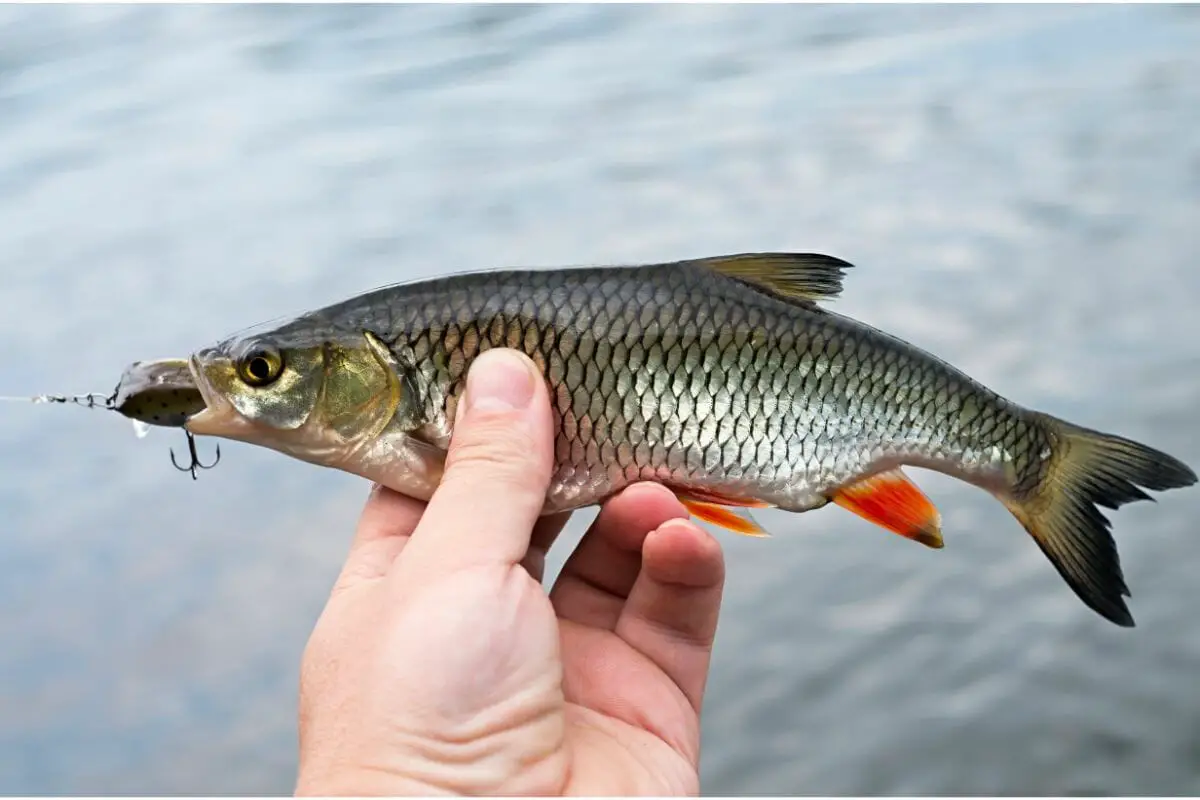
Like their cousins they can be found in rivers and streams but unlike the Longnose Dace they do not live in lakes.
In breeding season the males build nesting sites and circle or ‘dance’ around them to attract females. Hatching young are left to fend for themselves.
Shiner
There are several types of Shiner including the Golden Shiner which is widely distributed throughout the United States.
Adults can reach 7-10 inches and may live up to eight years. Larger specimens are often caught by anglers while fishing for other species.
The Golden Shiner is a deep bodied fish with a small size scaleless head, an olive-brown back and gold colored sides.
A dark lateral stripe on the sides of young Golden Shiners curves noticeably downward and fades as the fish grows.
The body has cycloid scales and there is a single dorsal fin. The anal fin is deeply curved.
Golden Shiners live in the clear water of rivers, lakes and streams, spawning in late spring to mid-summer.
Females lay eggs in submerged vegetation with one or two males usually in pursuit.
The Common Shiner only grows to 3-5 inches similar to the Spot-tail, and Satinfin Shiner.
The tiny Swallowtail Shiner only grows to two and a half inches.
Carp
Carp are among the largest members of the minnow family with deep, thick bodies which arch toward the dorsal fin.
Common carp are heavily scaled, but the Mirror Carp has only a few very large scales and the Leather Carp has no scales at all.
The dorsal fin is long and extends all along the back which is an olive-brown to reddish-brown color.
The sides are either a silvery-bronze or brassy color and the belly is a yellow-white shade.
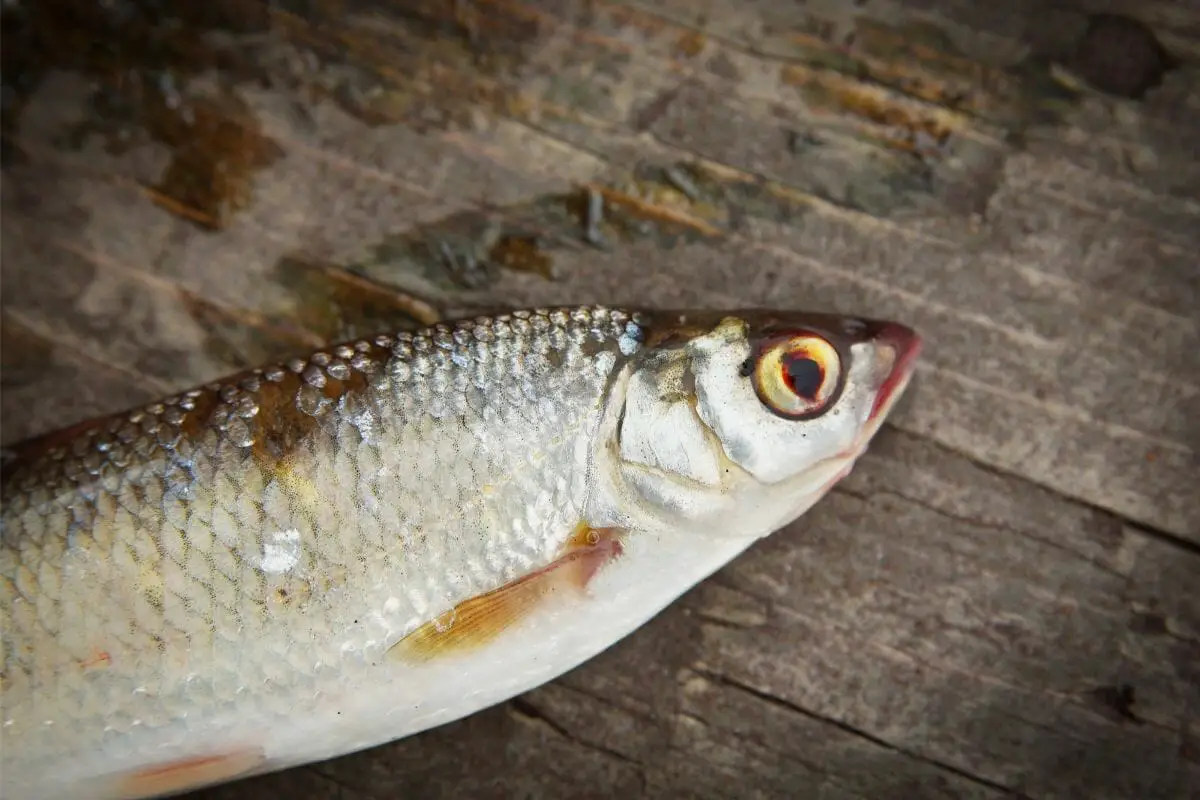
Caudal and anal fins are typically tinged with red.
Carp are hardy and can tolerate a multitude of water conditions such as heavily silted water, but they can also be widely found in clear lakes and rivers albeit in the slower flowing sections.
Their feeding habits of stirring up the bottom of lakes and rivers has been blamed for the decline of some freshwater fish by smothering their eggs.
Female carp may release up to 2 million tiny eggs which can be fertilized by several males.
The eggs hatch within 4-5 days and the emerging hatchlings are left to their own devices.
Goldfish
Goldfish are most commonly known as an aquarium fish kept by many people as pets.
But these fish are a part of the Cyprinidae family of fish and so are a type of minnow.
They are non-native to the United States and like the Carp were introduced to the country from Europe and Asia.
Goldfish are a freshwater fish that can grow up to 16 inches in length. They feed on aquatic insects, plant matter and smaller fish.
Goldfish can grow to around 23 inches and weigh up to nine and a half pounds.
During breeding the female lays adhesive eggs similar to other minnow which are then fertilized by the male.
Young hatch within as little as 48-72 hours and grow remarkably fast within the first week.
In Conclusion
So now you know that the term minnow doesn’t refer to just any small fish but to a specific family of fish, the Cyprinidae.
There are many other members of this family over and above what we have covered here, but we hope you have found our overview of minnows helpful.
True minnows, belonging to the Cyprinidae family, encompass various small fish species like fathead minnows and common shiners. These silvery fish inhabit diverse freshwater habitats such as lakes and streams, serving as essential bait due to their adaptable nature. Often used in aquariums, these minnows, like bluntnose and golden shiner, play crucial roles as omnivores in aquatic ecosystems.
Their breeding habits contribute to biodiversity while facing threats like pollution. These schooling fish, with their distinct dorsal fins, remain integral in larger fish diets, forming a link between invertebrates and larger aquatic predators.


